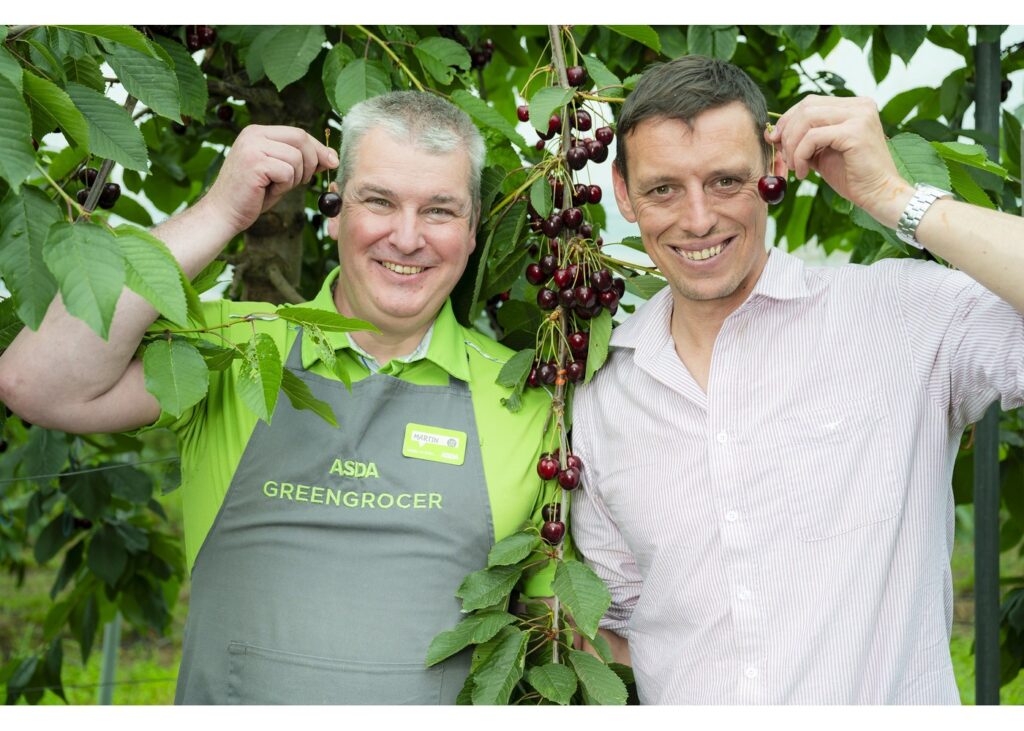The common point between consumers and producers can be seen in the wide choice of varieties that can be planted and requested.
This concept is not limited to the simple choice of the most flavourful or visually appealing varieties but encompasses a whole range of agronomic and strategic decisions that profoundly affect productivity, sustainability, and the final quality of the product.
In a constantly evolving agricultural context, in fact, genetic selection must take into account numerous factors both external and internal to the production system.
Genetic choices and market needs
On one hand, market demands require fruits that meet high imposed quality standards, extended shelf life, and increasingly defined organoleptic characteristics.
On the other hand, the producer faces the increasing challenges imposed by climate change, the limited availability of natural resources, and the need to make agricultural activities economically sustainable.
Nowadays, the technologies applied in the field and the strategies for adapting to climate change represent two of the main factors that are transforming the fruit and vegetable sector.
On one hand, technological innovation has introduced new tools for orchard management, environmental condition monitoring, and the optimization of irrigation, nutrition, and plant protection.
Climate change and varietal adaptation
On the other hand, the increase in the frequency of extreme climatic events, such as prolonged droughts, late frosts, or heatwaves, makes it increasingly necessary to adapt varietal choices and cultivation techniques to the new environmental conditions.
In this complex scenario, the selection of the most suitable combinations between varieties and rootstocks becomes a strategic lever to ensure yield stability and production quality.
An important advancement in this area is represented by the introduction of low and medium vigor vegetative rootstocks.
These have allowed the development of high-density plantations, with compact and fusiform canopies, which maximize production per hectare and reduce management costs.
Research and experimental outcomes
The objective of agronomic research is therefore twofold: to increase the productivity of cherry orchards and to ensure that such productivity is achieved sustainably, in harmony with the environment and with an efficient use of available resources.
The key to this strategy is the identification of the best cultivar-rootstock associations.
These must be chosen not only based on potential yield but also on compatibility with the local climate, response to adopted cultivation techniques, degree of possible mechanization, labor use, and the economic objectives of the agricultural enterprise.
The experiments conducted by the Technical University of Moldova from 2010 to 2023 used various cherry varieties, such as Valerii Cikalov, Record, Ferrovia, Kordia, Regina, Stella, Skeena, Bigarreau Burlat, and Lapins, grafted onto rootstocks of Cerasus mahaleb L. and Gisela-6, in various combinations and planting densities.
Yield analysis and planting results
The trees grafted onto the Cerasus mahaleb L. rootstock showed rapid growth and an average fruit yield ranging from 15.5 to 16.1 tons per hectare during the full productivity period.
The harvest of trees grafted onto Gisela 6 and MaxMa 14 rootstocks occurred earlier, with a total yield ranging from 12.5 to 14.6 tons per hectare.
Finally, the varieties Bigarreau Burlat, Ferrovia, and Lapins, planted at a distance of 5 meters x 1.5 meters, provided a yield in the range of 18–20 tons per hectare, equivalent to an increase of 12 to 25% compared to that of trees planted at a distance of 4 meters x 2.5 meters.
Source: BALAN, Valerian, MANZIUC, Valeriu, PEŞTEANU, Ananie, BÎLICI, Inna, IVANOV, Igor, ŞARBAN, Vasile, VĂMĂŞESCU, Sergiu, RUSSU, Stanislav, BUZĂ, Corneliu, TALPALARU, Dumitru. Yield and quality of cherry fruit in intensive cultivation system. In: Natural sciences in the dialogue of generations, Ed. 7, 12-13 septembrie 2024, Chişinău. Chişinău: Centrul Editorial-Poligrafic al Universităţii de Stat din Moldova, 2024, Ediția 7, p. 132. ISBN 978-9975-62-756-6
Image source: SL Fruit Service
Melissa Venturi
University of Bologna (ITA)
Cherry Times - All rights reserved












